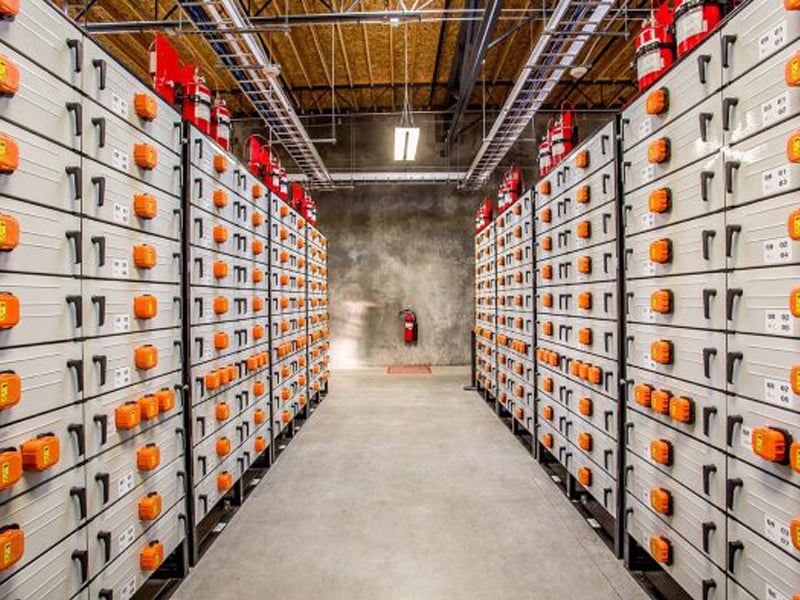Renewable energy storage will need significant investment if Australia is to meet its net-zero emissions target, according to the CSIRO, which has predicted a potential 14-fold increase in required electricity storage capacity.
The national science agency on Wednesday launched its Renewable Energy Storage Roadmap, showing the storage capacity must grow significantly over coming decades.
The additional storage is needed to keep pace with rapidly rising electricity demand driven by the electrification of industries, like transport and construction.
The CSIRO Roadmap says a robust pipeline of projects using diverse technologies supported by industry, government, research and community stakeholders will be needed because there is no net-zero scenario where storage is not massively increased.
Industry and Science minister Ed Husic said it is more evidence of the massive opportunity of renewable energy and the technologies needed to produce, store and use it.

The latest CSIRO roadmap finds the national electricity market could require a 10-14-fold increase in its electricity storage capacity between 2025-2050.
To meet that demand action is needed now, to get new technologies to a commercial state and scaled up for use.
Major grids will require a significant scale of storage of varying durations to manage imbalances in electricity supply and demand as they transition, the report found.
Currently there are only limited commercially mature options for this and the most widely deployed — lithium-ion batteries and pumped hydro — face “supply chain risks and geographical constraints”, respectively.
It means while established storage, like battery and pumped hydro, will continue to play an important role, all forms of storage will need to be considered, the CSIRO Roadmap said.
“There is no silver bullet for reaching net-zero so we need multiple shots on goal, like from renewables, batteries, hydrogen, thermal storage, pumped hydro, sustainable aviation fuels, and a host of new science-driven technologies,” CSIRO chief executive Dr Larry Marshall said.
“Reaching net-zero is a wicked challenge, we need a robust pipeline of projects that use diverse technologies supported by industry, government, research and community stakeholders to ensure that no industry and no Australian is left behind.”
Industry and Science minister Ed Husic said the massive storage increase required represents opportunity for local industry and researchers.
“That means there’s a huge opportunity for new systems and technologies to be developed here to manage the production, storage and use of renewable energy,” he said in a statement.
“The private sector is keen to invest in these innovative storage projects crucial for Australia’s energy transformation, and we’re committed to supporting efforts to bring these projects forward.
“That’s why we are working closely with the states and territories, and consulting widely with industry, the community, academia and experts to shape the National Battery Strategy.”
The Future Battery Industries Cooperative Research Centre last week said more than doubled its 2030 forecast for the value of a diversified battery industry to the Australian economy to $16.9 billion.
But it also warned more action is needed to capitalise, with Australia facing competition from many nations subsidising the development of batteries.
The Albanese government has committed $20 billion to a Rewiring the Nation Fund to upgrade electricity grids in partnership with the states and will also create a Battery Manufacturing Precinct in partnership with the Queensland government.
It has also committed to establish a new Powering Australia Industry Growth Centre to support industry translation of research.
The CSIRO report flags storage options well beyond batteries will be needed.
“For example, batteries may be the best option for local and short duration storage of electricity while thermal or heat energy (like steam) might be technology better suited for heat intensive industries,” said CSIRO Energy Director Dr Dietmar Tourbier.
“Government and industry have recognised energy storage as a priority. However, significant knowledge gaps remain, requiring further investigation to support informed action.”
Do you know more? Contact James Riley via Email.

